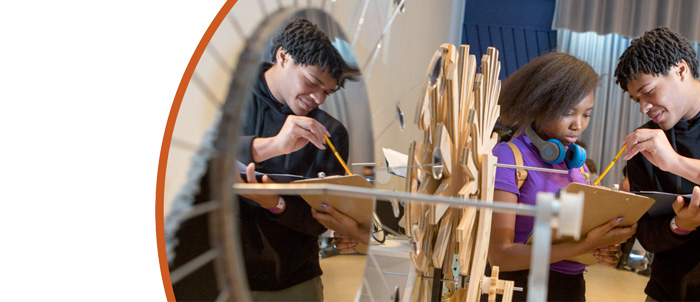How Many Intuitive Physics Systems are There, and What Do They Mean for Physics Education
Effective Years: 2023-2028
Basic research into understanding how children learn physics concepts has been pursued relatively independently in several different disciplines (cognitive psychology, developmental science, and physics education research), each of which has come to very different conclusions. One research literature suggests that people's pre-educational intuitions about mechanical physics are largely veridical, another literature suggests that these intuitions are largely incorrect, and yet another suggests that they are incorrect in infancy but become veridical even before significant physics education. These seemingly contradictory findings complicate the development of educational interventions, since interventions suggested by one line of research are contraindicated by others. The overarching goal of this project is to start synthesizing and reconciling these different lines of work. The project is inherently interdisciplinary and will depend on new and emerging methods for robust and reproducible research such as automated online testing, citizen science, and advanced analytics. Such tools are increasingly important in human research but relatively little training in them for students is available. Thus, the educational component of this CAREER project will focus on enhancing such training and includes updating an innovative, interactive textbook on computational modeling and analysis, developing and running an intensive summer training program for citizen science; and providing undergraduates with direct, hands-on education. The project is funded as a CAREER award by the EDU Core Research (ECR) program, which supports work that advances the fundamental research literatures on STEM learning, broadening participation, and workforce development.
Multiple research literatures have engaged questions about the nature of intuitive understandings of mechanical physics, but they have often supported discrepant conclusions, thereby making ambiguous what their implications are for the characterization of fundamental cognitive architecture as well as for the design of educational interventions. Moreover, because these conclusions arise from different disciplinary communities studying different populations using different methods, it is not clear whether these discrepancies reflect real differences in how people think about different physical processes in different situations or whether they are simply artifactual. Objective 1 of this project will apply the tools of psychophysics in order to test the reliability of a range of tasks developed in these literatures in an attempt to determine whether differential performance (if any) suggests multiple underlying cognitive systems. Objective 2 will use the tools of developmental psychology to study age-related differences in children on tasks adapted from the range of literatures to see whether the developmental patterns observed by developmental scientists are specific to their methods. Objective 3 will investigate whether the measures developed in these disciplines differentially predict student success in introductory university physics. Thus, the three objectives will systematically assess and compare the stimuli, tasks, and research methods common to the currently-disjoint literatures, allowing for direct comparison and synthesis, with subjects ranging in age from 6 months to adults. All three objectives will involve unusually large and diverse samples --- often by utilizing automated online testing and citizen science -- and advanced analytics. By attempting to reconcile these relatively disjoint literatures, the project will have the potential to contribute to the development of educational interventions in physics at a variety of ages.
This award reflects NSF's statutory mission and has been deemed worthy of support through evaluation using the Foundation's intellectual merit and broader impacts review criteria.




